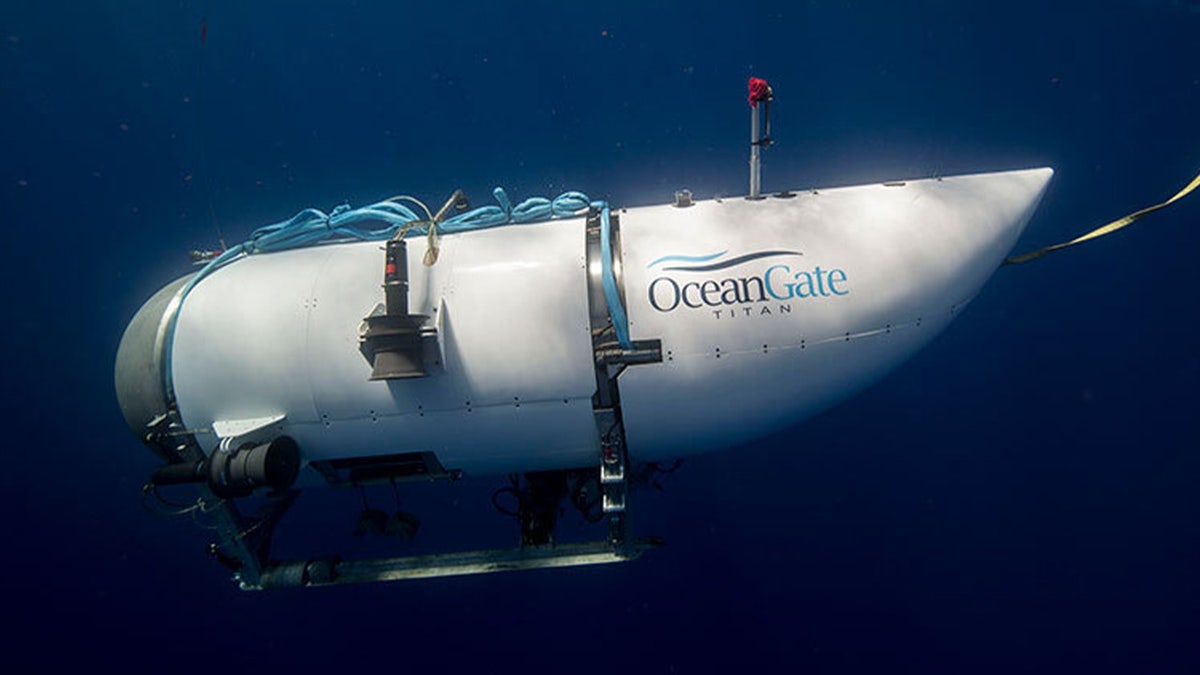China has reached a significant milestone in robotics with the inauguration of its first heterogeneous humanoid robot training facility in Shanghai. This state-of-the-art center signifies China's ambition to lead the world in robotics and artificial intelligence.
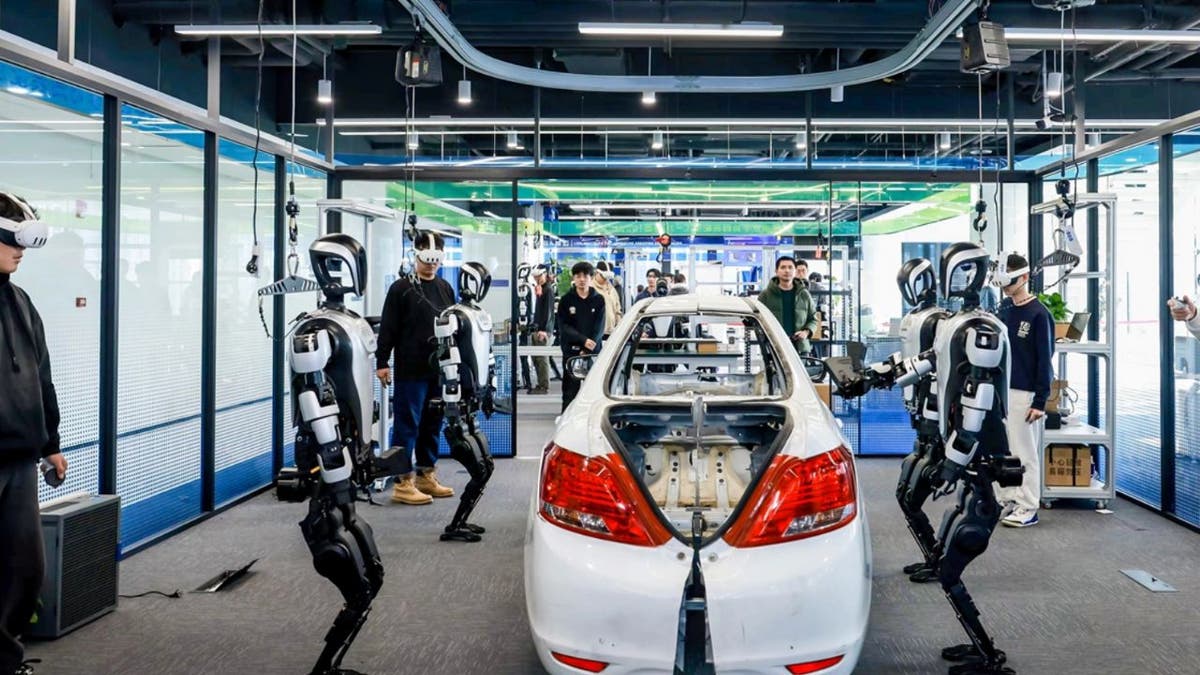
The National and Local Co-Built Humanoid Robotics Innovation Center's new facility is a game-changer. This expansive complex, exceeding 53,800 square feet, can concurrently train over 100 humanoid robots in diverse simulated environments, including welding, manufacturing, and automotive testing. These robots have demonstrated remarkable proficiency, boasting an average success rate of over 90% across various tasks, from basic organization and sorting to operating intricate machinery.
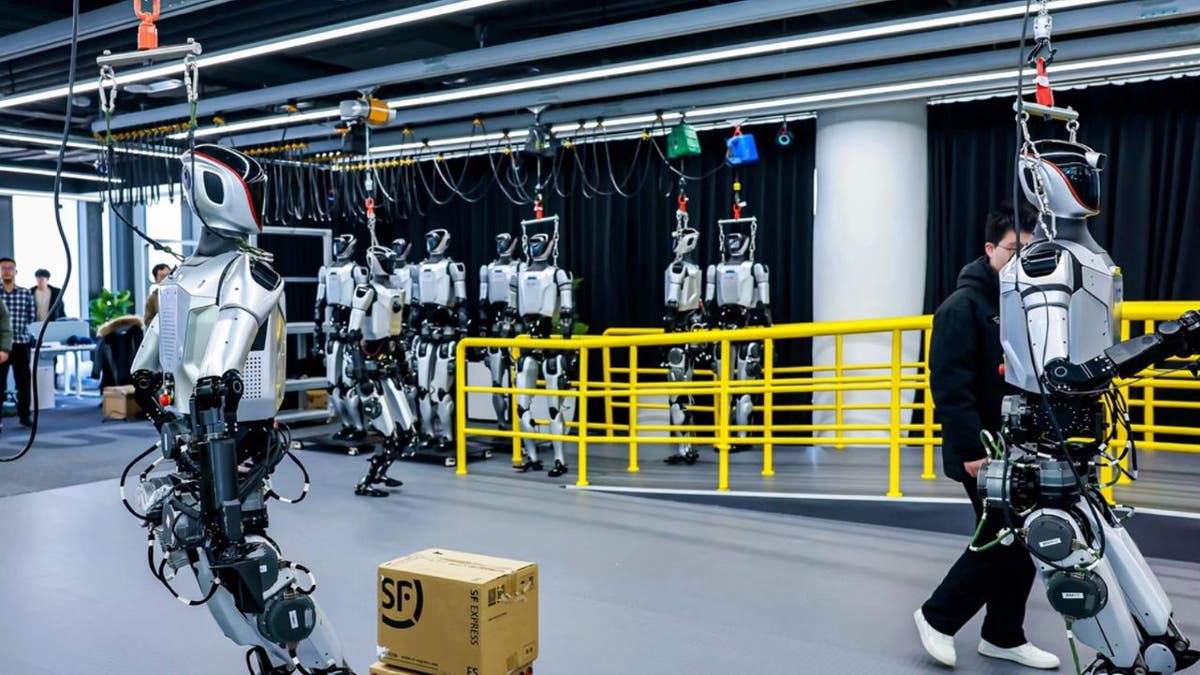
This initiative aligns with China's strategic goals of tackling both global technological competition and the societal implications of an aging population. The center aims to train 1,000 general-purpose robots simultaneously by 2027 and gather 10 million high-quality physical data entries through partnerships with domestic robot manufacturers.
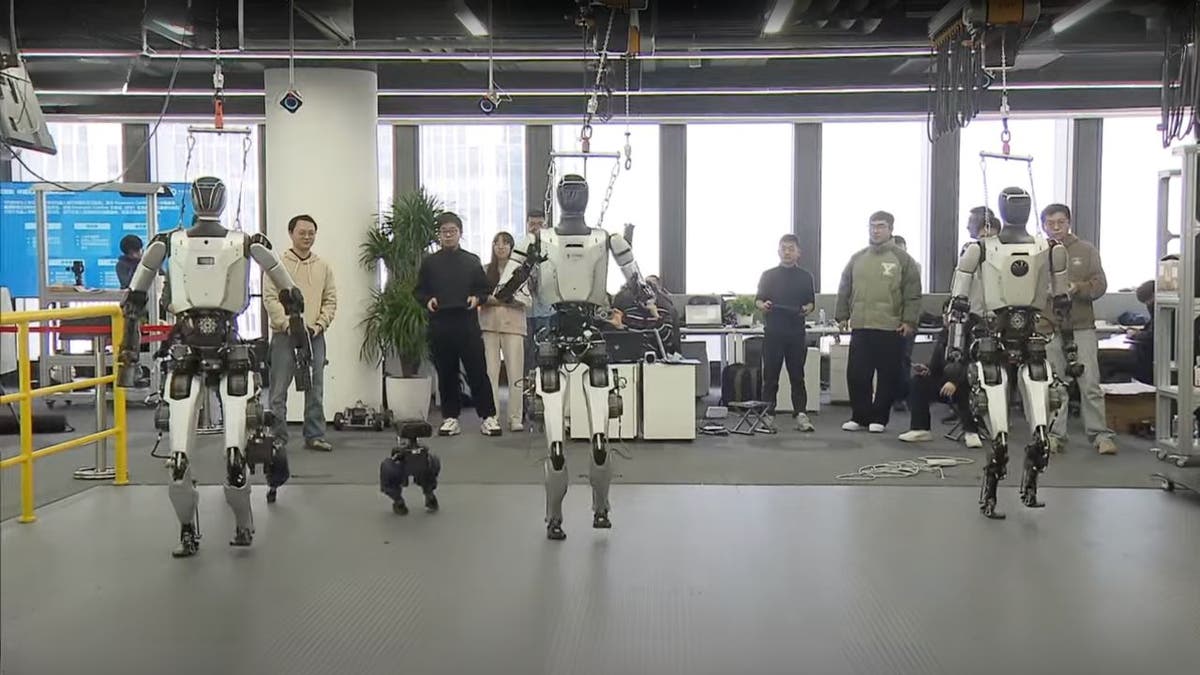
The upcoming "Deep Snake" 2.0 humanoid robot, featuring advanced linear joint actuators for smoother and more precise movements, is poised to further elevate China's position in the robotics field.
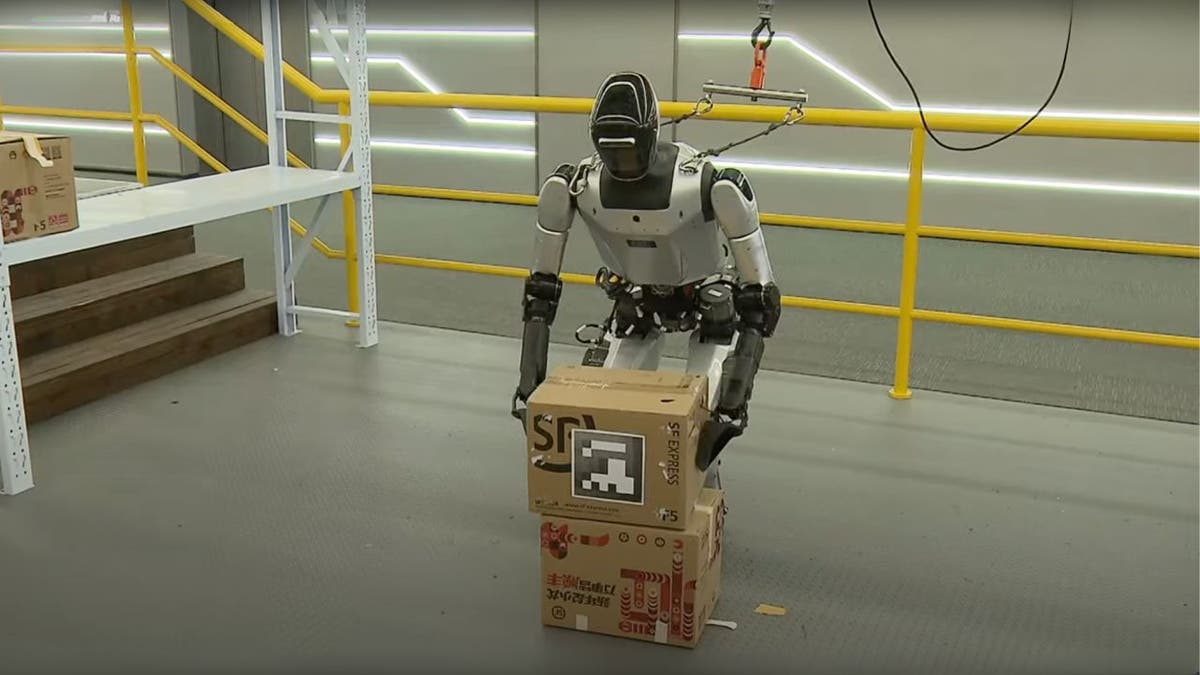
The Chinese humanoid robot market is booming. Valued at $379 million in 2024, it's projected to reach $2.3 billion by 2025 and a staggering $11.8 billion by 2030. This growth extends beyond industrial uses, with plans for the first World Humanoid Robot Sports Games and a marathon-running robot, "Tiangong," slated to compete in April.
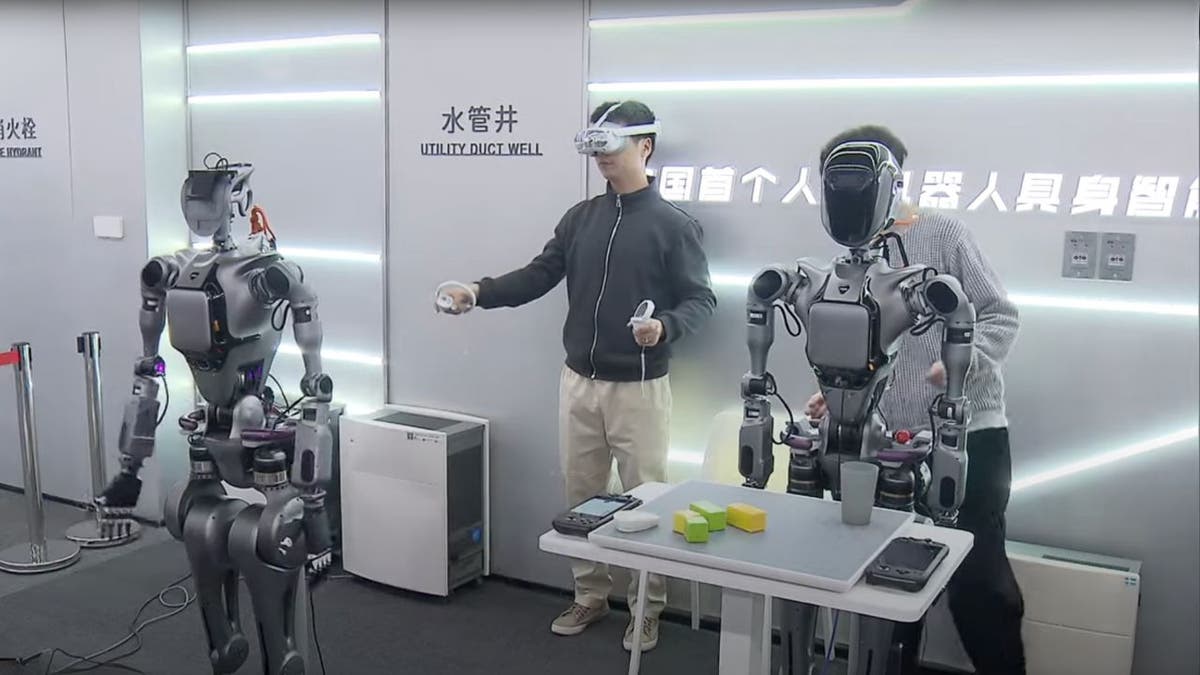
China's investment in this cutting-edge training ground is a strategic maneuver to revolutionize industrial capabilities, address societal needs, and establish itself as a global innovation leader. The world is watching to see how these advancements will reshape industries and the future of human-machine interaction.







